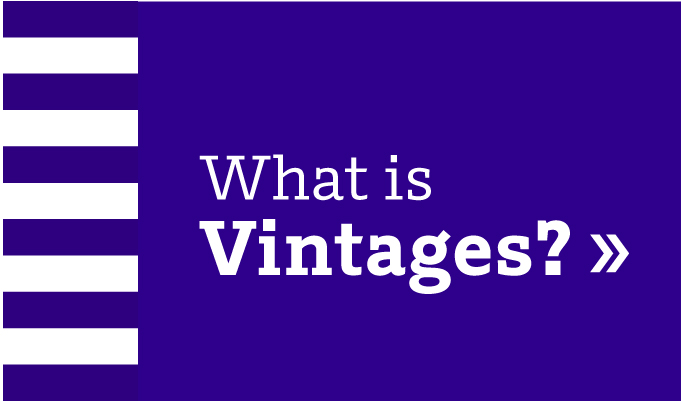Vintages - French Wines
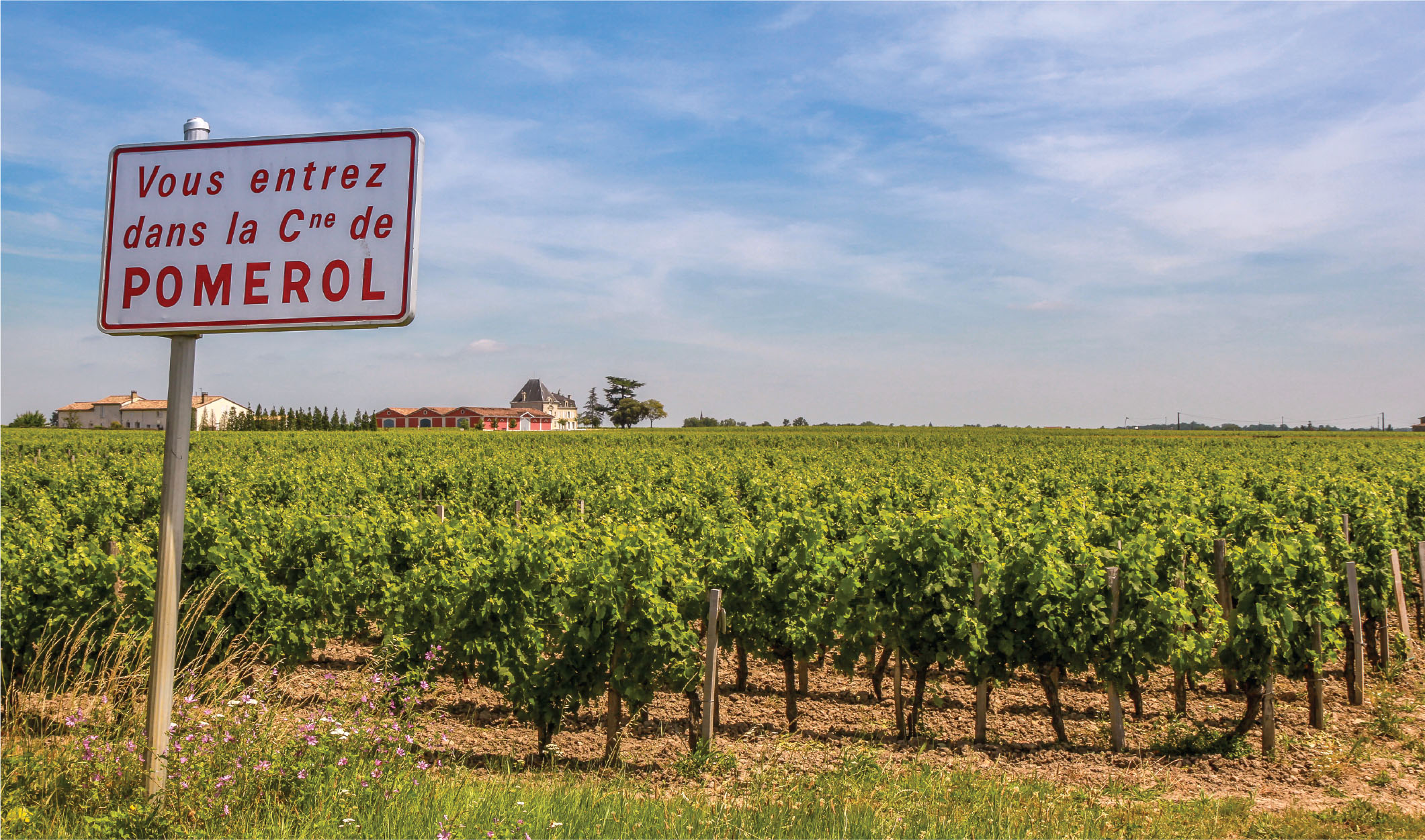
Shopping for French wines? Think location, location, location
In a country where grape variety rarely appears on the label, understanding the importance of vineyard location can tell you much about what’s in the bottle.
France is the home of modern quality wine. For centuries, it stood as the world’s single greatest source of truly fine wine. French winemaking has defined not only most of the styles and varietals that we see flourishing throughout the world, but provided the template for what winemakers and consumers expect the very best wines to be, and what they should taste like. In the New World the producer is often the star, but in France it is the region. Thousands of years of experience coupled with rigorous regulation means that whether you order a Chablis or a Côtes du Rhône, you can be confident the wine will reflect the unique provenance and significance of that area. Read on and explore some of the places that have shown the world what quality truly means.
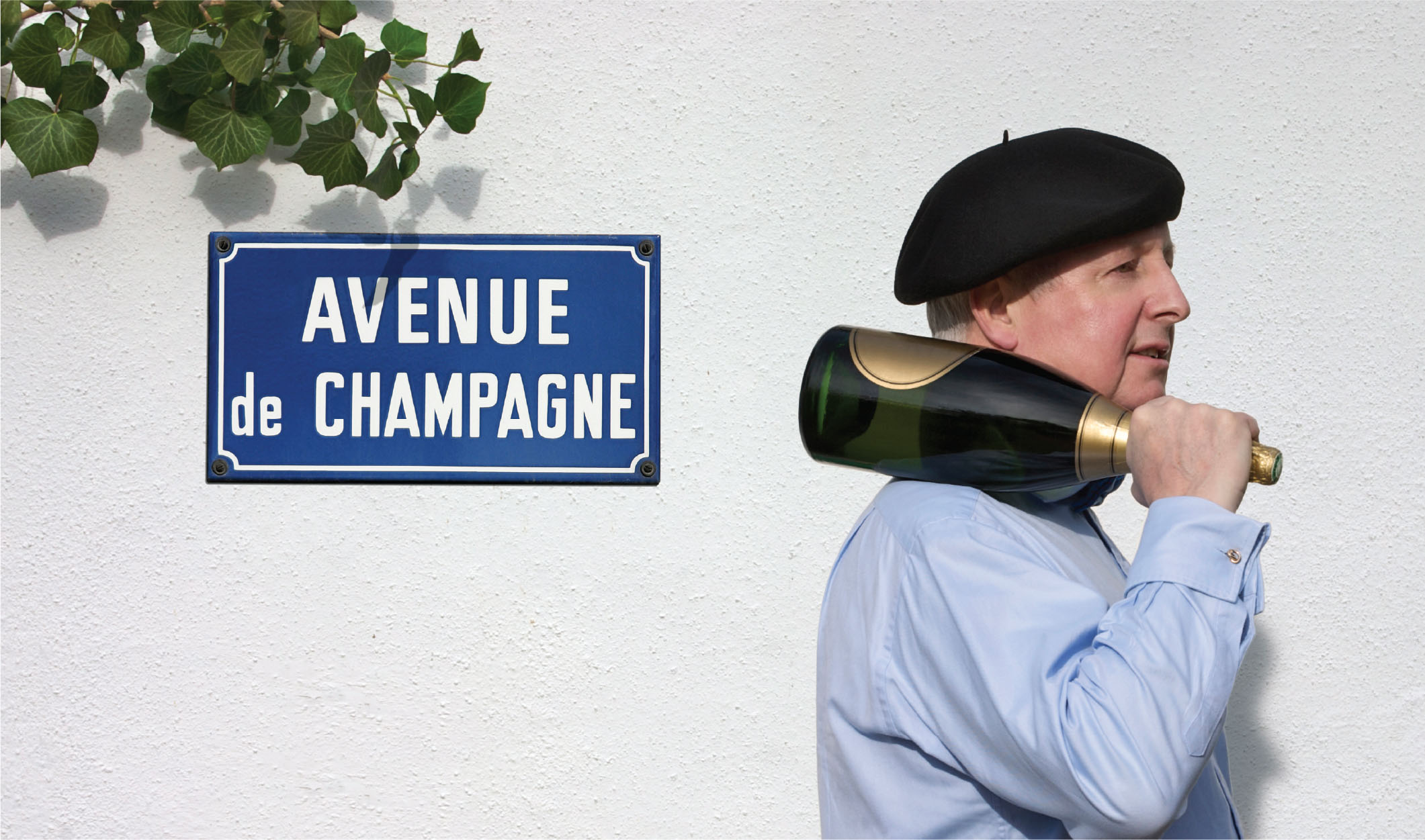
Champagne
IN A NUTSHELL
The Champagne region has 17 grand cru and 44 premier cru villages. The three most famous growing areas are Montagne de Reims, Vallée de la Marne and the Côte des Blancs.
Just under 150 kilometres from Paris, Champagne is one of the world’s most northerly fine-wine regions. “Champagne” is a legal term that refers to a place and a technique, and both have been instrumental in establishing the wines made here as the global standard for excellence for sparkling wine. The soils of Champagne are distinguished by deep chalk beds established by the inland sea of the Jurassic and Cretaceous periods. The majority of Champagne’s grand cru (or top tier) sites sit on Belemnita deposits, which yield wines of notable concentration and distinct minerality as well as superb quality. These soils, in combination with the cool summer and cold winters here, assure that even in what may be considered warm years, the grapes – primarily Pinot Noir, Pinot Meunier and Chardonnay – will develop the high levels of acidity required for the production of top-level, ageable sparkling wine.
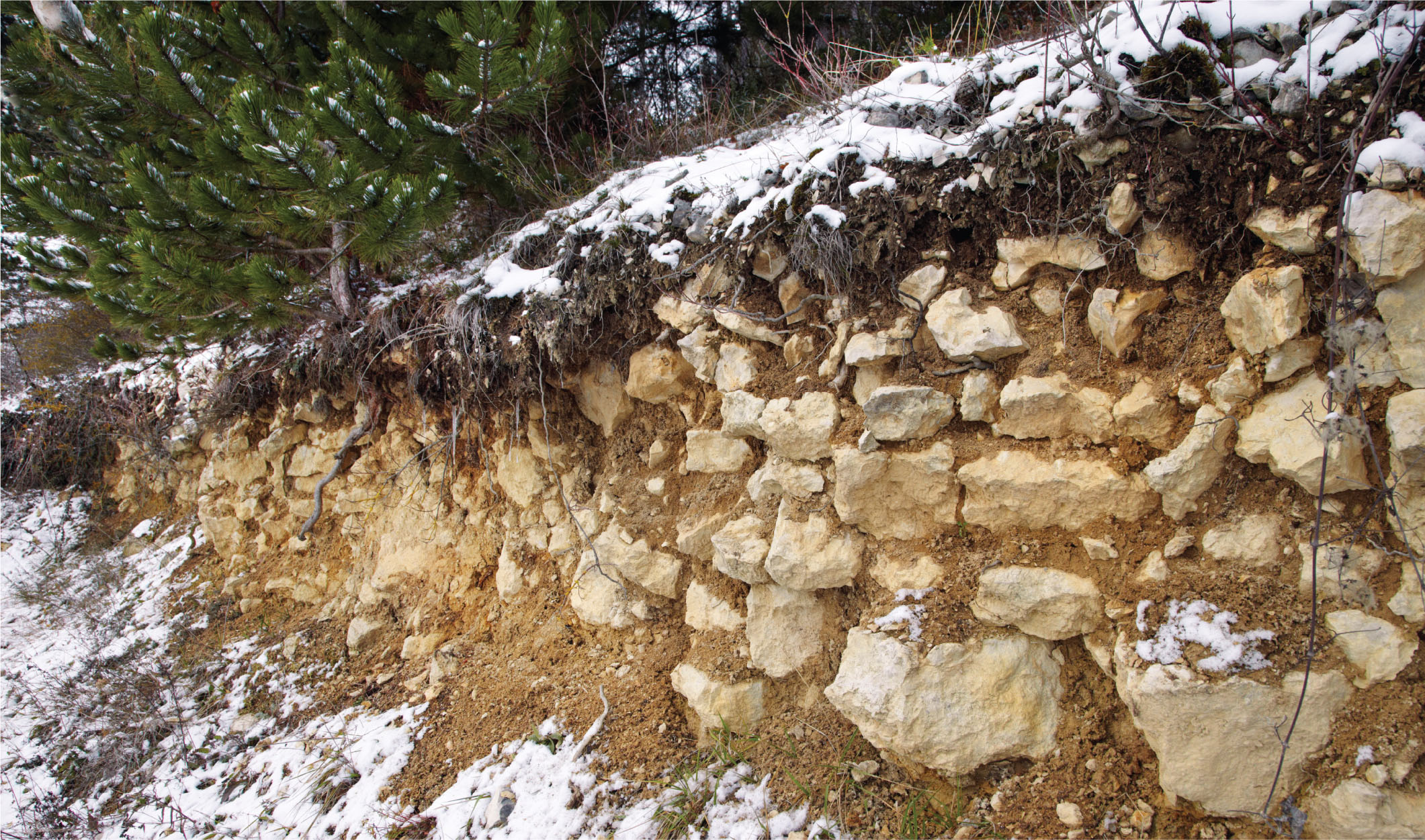
Chablis
IN A NUTSHELL
Chablis is divided into four regional quality tiers, which produce only Chardonnay. In ascending order of importance, they are Petit Chablis, Chablis, Chablis Premier Cru and Chablis Grand Cru.
Though it’s considered part of Burgundy, Chablis (in Burgundy’s northern reaches) and its Chardonnays have established their own place in the world of fine wine. These wines are fresher and steelier than those from the vineyards of their southerly neighbours. Their pronounced acidity and definitive minerality are products of the region’s soils and cool climate. The best sites are found on Kimmeridgian: a clay-based soil with marl and limestone that contains rich deposits of marine fossils, which are particularly significant in the expression of the famous Chablis saline minerality. Chablis Grand Cru wines come from one of seven named climats: Preuses, Bougros, Vaudésir, Grenouilles, Valmur, Les Clos and Blanchots. All these climats are found on the same small slope. These top-tier wines may be fermented or aged in oak, though only in large, used barrels, which limits the oak’s impact and prevents the development of the characteristic richness found in Burgundy’s other white wines.
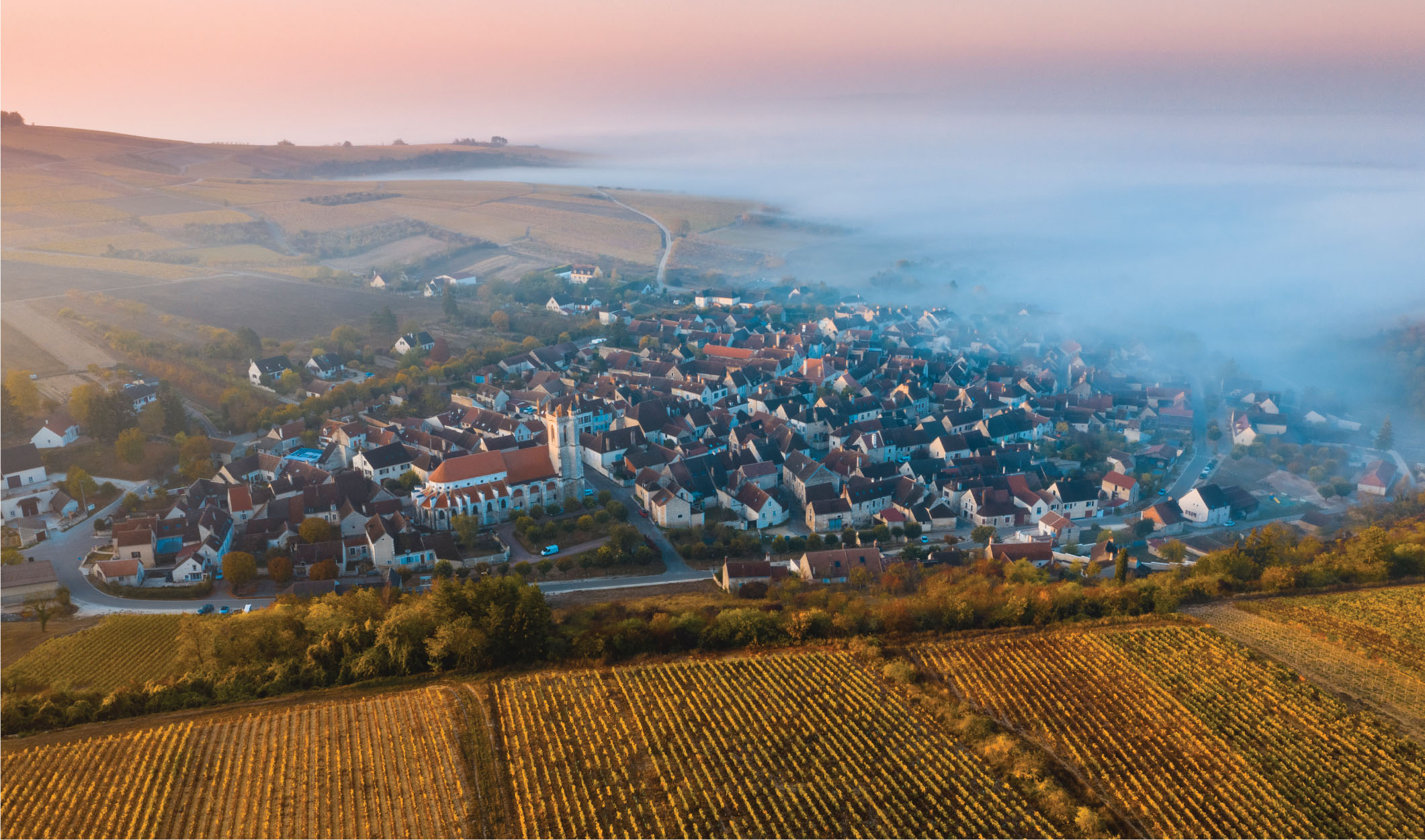
Burgundy
IN A NUTSHELL
Almost every piece of land in Burgundy is graded and ranked in terms of wine production. The region’s quality pyramid begins with AC Bourgogne at the base and moves up in quality and price through AC Villages and the two single-vineyard designations: premier cru and grand cru.
As confusing as Burgundy can be to the uninitiated, it’s the world’s greatest example of one of wine’s most basic truths: the more precise the location on the label, the better the wine. Though tiny both in terms of size and output, Burgundy contains more designated appellations than any region in France, accounting for 101 of the country’s 500 legally defined growing areas. Nuanced variations between individual parcels brought about by even subtler variations in soil, slope and aspect were first identified by the monks who worked these vineyards in the Middle Ages. The best wines come from the Côte d’Or, which houses 33 grands crus and is divided into the Côte de Nuits and the Côte de Beaune. The region’s small-batch, handcrafted Chardonnays and Pinot Noirs are the gold standards for definitive expressions of terroir and provenance; Chardonnay does best in calcareous limestone and clay-based soils, while Pinot shines in areas that favour marl. A side-by-side tasting of the Chardonnays featured here from Chablis and the Mâconnais along with an AC Bourgogne such as the Louis Jadot Chardonnay (933077) from our Essentials Collection will deliciously demonstrate the impact that location has on wine styles.
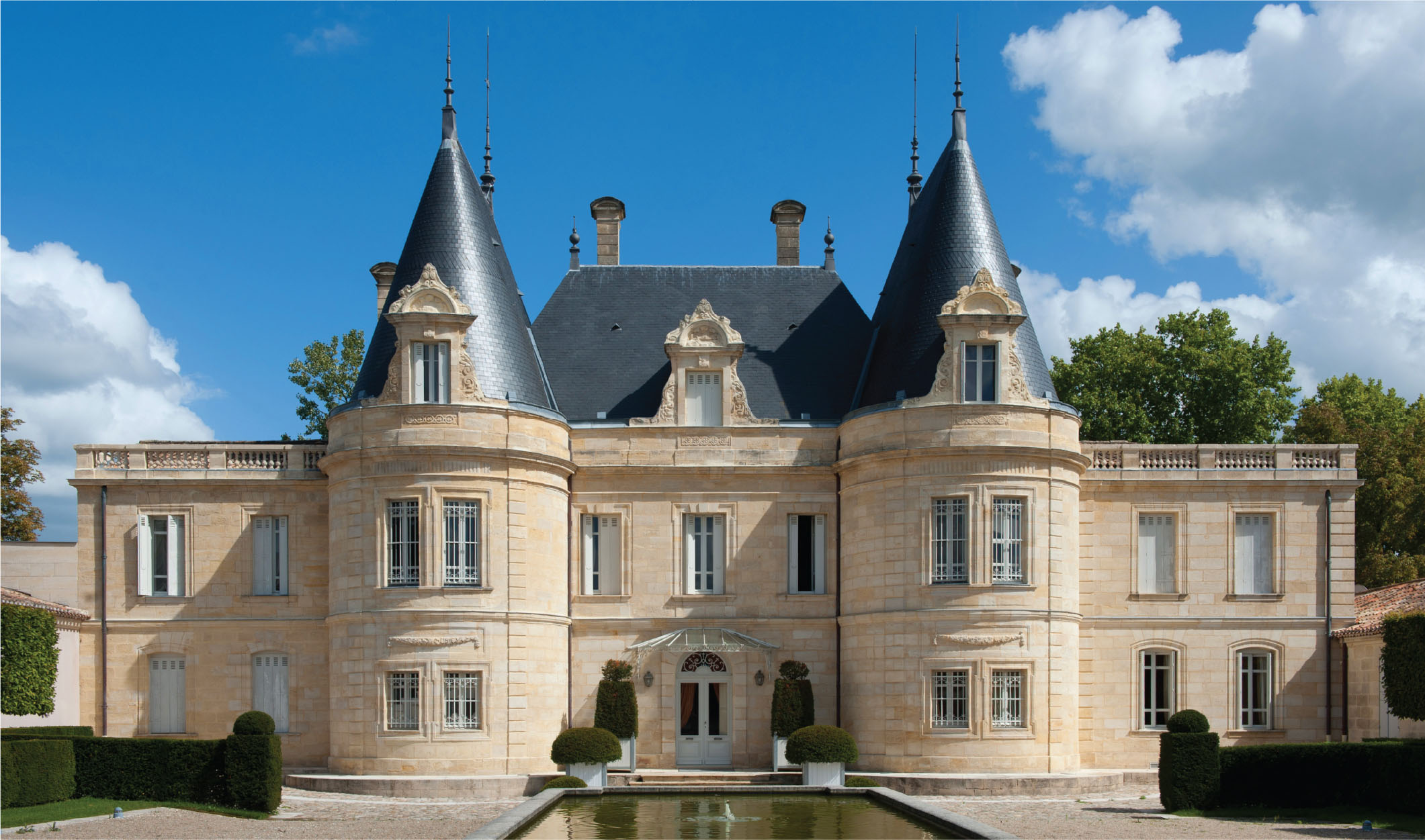
Bordeaux
IN A NUTSHELL
Famously divided by the Gironde Estuary into the Left Bank and Right Bank growing areas, Bordeaux is home to 50 appellations. The region is famous for red blends made primarily from Cabernet Sauvignon, Merlot and Cabernet Franc.
Heavily influenced by the Atlantic Ocean, Bordeaux’s maritime climate favours the creation of wines defined more by refinement than power. There are four principal soil types in Bordeaux: gravel, which produces firm and structured wines; sand, which promotes fruit-forward and approachable wines; iron-rich clay, which injects notes of prune and creates more robust wines; and limestone, which encourages lean, polished tannins and a vibrant acidity. The Left Bank, home of Margaux, features predominantly gravel soils with poor nutrient value, which forces the vines to work hard and dig deep to survive and gives rise to complex wines that can age for 30 years or more. The Right Bank, where one finds Lussac-Saint-Émilion, features mostly alluvial clay and limestone. The wines from these sites are lithe and silky with fine structure and elegance. The Côtes de Bordeaux were established in 2009. These hilly areas are found on Bordeaux’s Right Bank and abut some of Bordeaux’s top growing areas. Their proximity and relative similarity to legendary sites such as Saint-Émilion and Pomerol places them at the fore of the greatest-value wines in the world.
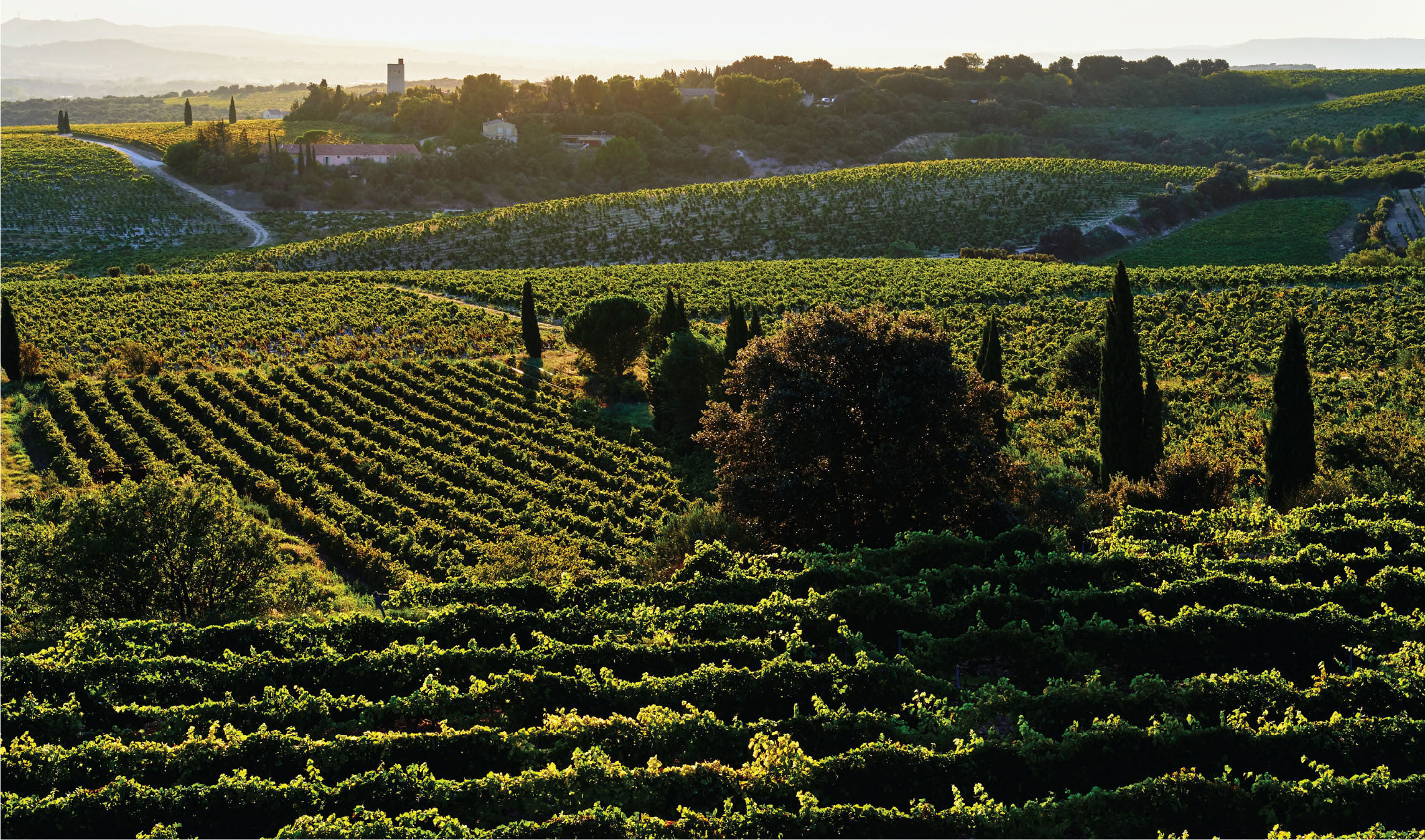
Southern Rhône
IN A NUTSHELL
Vines planted in the Southern Rhône grow in hard stony soils. They suffer through hot, dry summers, facing the ever-present risk of drought, and are often battered by the powerful mistral winds. These extreme conditions produce approachable, dynamic wines.
The quality of Rhône wines increases as their origin tracks from the general to the more specific. Côtes du Rhône: high-quality wines sourced from sites across the Southern Rhône. Côtes du Rhône-Villages: wines sourced from a number of named villages, but with no specific village associated with them. Côtes du Rhône-Villages with a village name: 22 villages qualify for this appellation. Cru: wines from nine villages, including Gigondas, Cairanne and the iconic Châteauneuf-du-Pape, that need carry only the village name on the label. Gigondas possesses some of the oldest vineyards in the Rhône, planted in three main soil types that follow the topography of the area. The flatter terrain is mostly gravel and clay, with the lower slopes composed of gravel and sand. Rocky limestone appears on the higher hillsides. The soils of Cairanne are composed of chalk, alluvial deposits and sandstone and have a red hue from the high iron content. Châteauneuf-du-Pape owes the distinct character of its wines, in part, to the galets roulés: large, round rocks that cover the vineyards. These stones soak up the sun’s heat during the day and release it at night, warming the vines and encouraging the development of powerful, ripe wines.
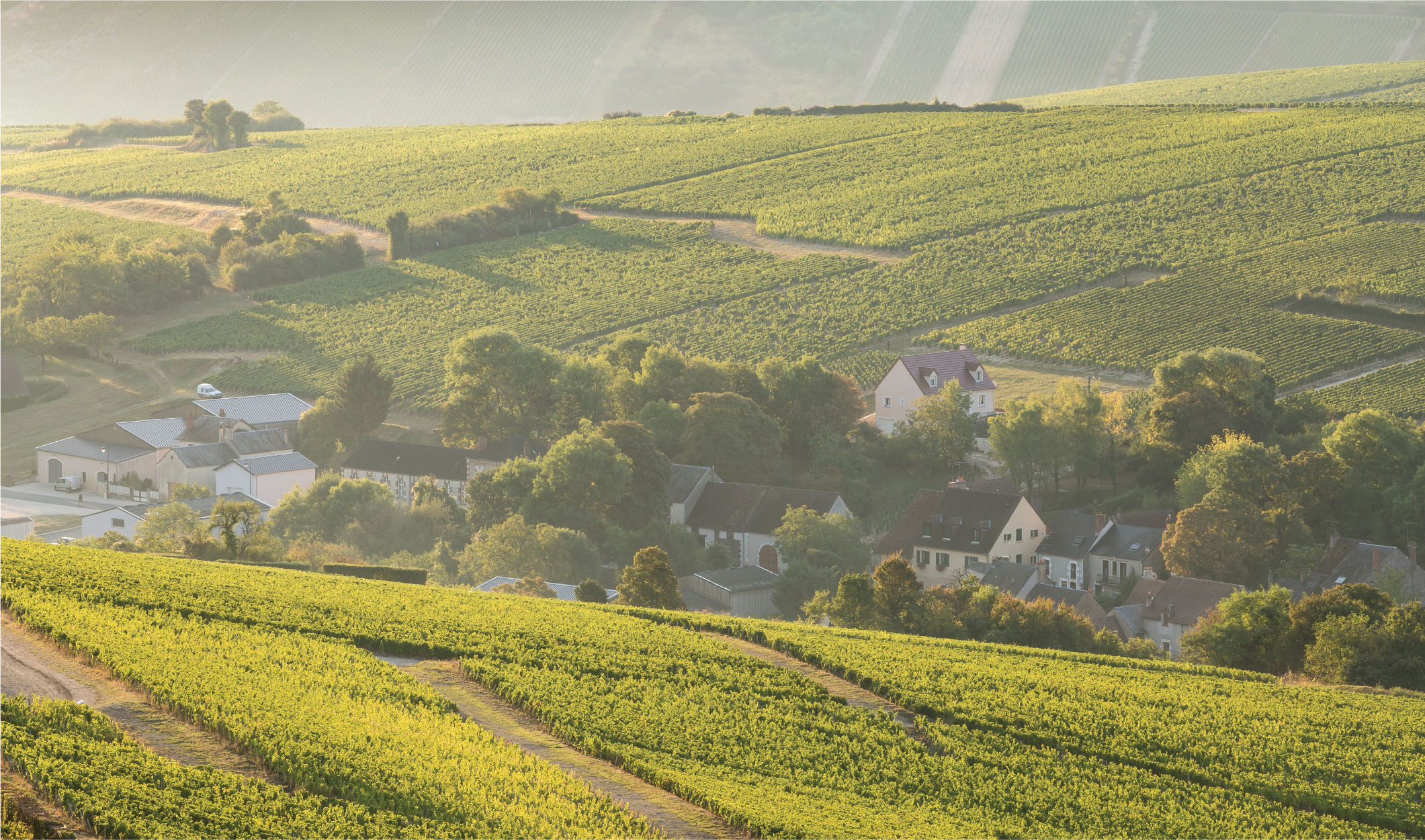
Loire Valley
IN A NUTSHELL
Renowned for its Chenin Blanc, Cabernet Franc and Sauvignon Blanc, the Loire is divided into five sub-regions, running from east to west: Central Vineyards, Touraine, Saumur, Anjou and Pays Nantais. Each area features a unique mix of soils and climate that favour particular grapes and styles.
The Loire Valley wine region follows the course of the Loire River and stretches nearly 1,000 kilometres; it offers a diverse collection of styles. Sauvignon Blanc has spread around the world, but it’s in the vineyards of the Loire that it finds its most treasured expressions. Sancerre is one of the Loire’s most stylish and celebrated iterations of Sauvignon Blanc. The wines are grown in Kimmeridgian marl and silex-rich soils and are racy and aromatically intense, with impressive ageing potential and a pure stony minerality. Wines made from vines planted in sites featuring white limestone terres blanches famously articulate a suggestion of gun smoke that reflects the soil’s high concentrations of silex. Touraine, the “garden of France,” is almost as famous for its picturesque castles as its wines. The soils here are composed of flinty clays, limestone, chalk, sand and gravel and produce wines with vibrant fruit, balance and lift. Though both Sancerre and Touraine are crafted from Sauvignon Blanc, their regional specificity produces entirely different wines.
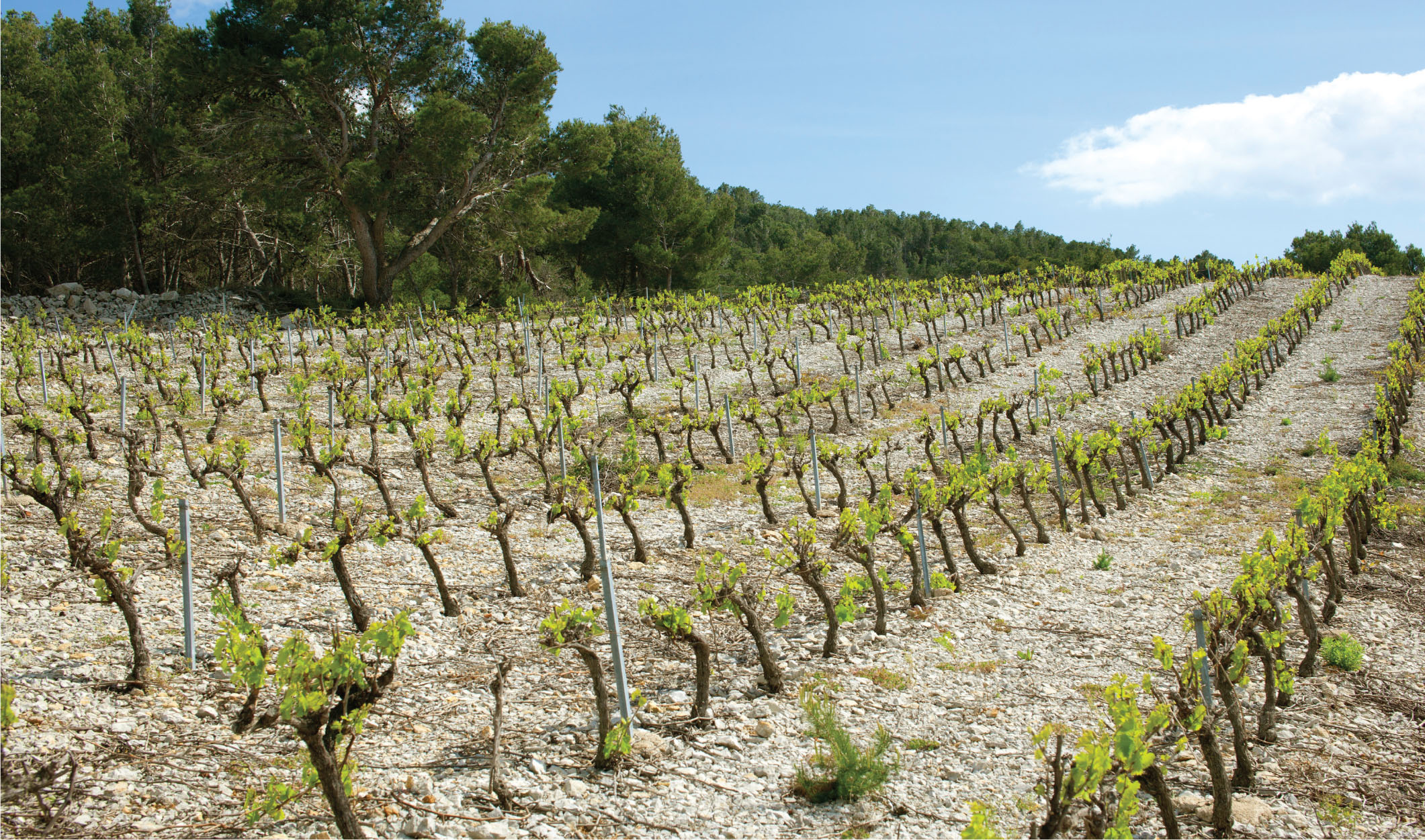
Languedoc-Roussillon
IN A NUTSHELL
This vast landscape contains 36 appellations and a diverse assortment of soils and microclimates that provide sophisticated specificity to expressive red blends based on five key grapes: Grenache, Syrah, Mourvèdre, Cinsault and Carignan.
The Languedoc-Roussillon growing region follows France’s Mediterranean coastline from Spain to the Rhône. The area is huge, with a wide range of soil and climate types playing out across its span, not to mention the myriad wines produced. Situated in the arid foothills of the Pyrenees, the vineyards of Fitou, for example, are planted on rocky, schist and garrigue-covered hills and have excellent sun exposure. The area has many of France’s oldest vines; in particular, many ancient gnarled Carignan vines that bring an even more concentrated and often tannic character to the region’s blends. La Clape wine region was once an island, and the landscape is dominated by the rugged limestone outcropping of the Massif de La Clape. One of the sunniest regions in France, it sees 13 different winds sweep across it. It’s a harsh and rugged place that puts great stresses on the vines, resulting in wines of an elevated quality.
Get our Latest News!
Be the first to hear about new arrivals, special offers, virtual events and more.
Get to Know Us!
Everything we are in a nutshell.

